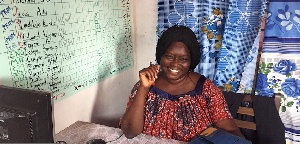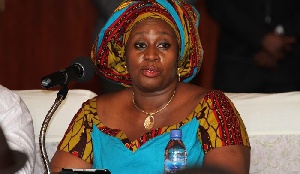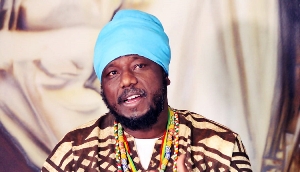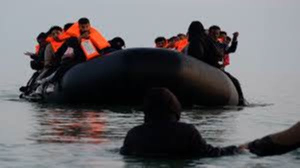Before the COVID-19 crisis, Lily Baah of Apaaso, Ghana, was busy running the Baah Memorial School, with more than 580 students in nursery school through junior high. Then, in March, the pandemic forced her to close. As a result, Baah could no longer collect tuition. She has sold children’s clothing and made-to-order pies to help support her teachers, who have tried to stay in touch with their students through WhatsApp group pages.
The pandemic is testing Baah Memorial School and other low-fee private schools around the world as never before. In the process, it is also exacerbating an education crisis that existed long before COVID-19: By one estimate, 258 million children and youth of primary- and secondary school age worldwide were not enrolled in school before the pandemic. That number may increase dramatically if the low-fee private schools that educate an increasing number of the world’s poorest children can’t afford to reopen in coming months.
The unique struggles of ‘mom and pop’ schools
These “mom and pop” schools across the developing world face daunting challenges even in the best of times. They are run by bootstrapping social entrepreneurs who depend on very low tuition fees to pay their teachers and keep their schools running. For many poor and vulnerable children, these schools are their best—and sometimes only—option for education, because government-run schools are too far away, or are less rigorous than parents would like.
While it’s difficult to say how many of these small private schools there are, the Center for Global Development estimates that these schools serve at least 120 million kids around the world. And their enrolment is growing. Despite the loss of tuition revenue that these schools suffered during the crisis, they are highly unlikely to qualify for government aid of any kind—and they lack access to concessional loans or other subsidies to manage financial hardship.
Why don’t these schools receive more support? For one, there is an active campaign to prevent financial support from reaching them. Caught in a tense ideological debate between advocates of public education and those who favour private sector approaches, low-fee private schools are pejoratively labelled as “for profit.” They are often lumped together with expensive private schools for the elite, and chains of for-profit schools backed by prominent venture capitalists and private foundations from the developed world.
This year the World Bank’s private sector arm, the International Finance Corporation, announced a freeze on investments in private for-profit schools (primary and secondary), including “direct investments, advisory work, and indirect investments resulting from new investments in private equity funds.” This was preceded by a 2018 European Parliament resolution that called on the European Commission and European Union member states not to provide development assistance to “commercial” schools (essentially, all non-state schools). As a result of these decisions, government-funded donor agencies have been implored not to provide support to any program involving the private sector delivery of for-profit education.
Moving past the public vs. Private school debate
The basic underlying argument behind these measures is that any system in which some students pay for access to education is inherently inequitable, diverting resources and undermining government’s role as the guarantor of universal access to education. But a giant flaw in this argument is that all government schools aren’t free. In many countries there are fees associated with attending public schools, covering registration and uniforms as well as exams. What the more ideological opponents of private schools seem to forget is that while the United Nations Convention on the Rights of the Child supports every child’s right to an education, it says nothing about how education should be delivered.
Of course, it would be better if governments could be depended upon to educate all children. But too often, governments aren’t held accountable when it comes to how money is spent and results are measured. So, policymakers and donors face a choice: Either demand more accountability from governments or engage with the private sector and benefit from the full array of resources that public and private players can leverage together.
Instead of an endless debate over which approach is best, what the global education sector needs most is to come together to develop a comprehensive, well-regulated framework that encompasses both the public and private sectors and fosters a shared commitment to educating the world’s poorest populations. What might that look like? One objective should be for private sector participants to develop relationships with government officials, as well as with the NGOs and big donor agencies that fund educational initiatives in developing countries. Governments have a vital role to play in implementing regulatory and oversight structures to ensure that basic standards are met. This regulatory context should accommodate the realities of trying to provide high-quality and socially beneficial private-sector education for the poorest families.
As schools start to reopen in the coming weeks and months, it’s more essential than ever to move beyond arbitrary and outdated assumptions about public versus private schools in the developing world. We need to move past polarized debates and focus on evidence and outcomes, and on models that make more room for collaboration between stakeholders and sectors. And we must ensure that all children have access to learning resources (both inside and outside the classroom) and qualified, enthusiastic teachers. Only then will we have a better chance of ensuring that all schools, public and private, deliver equitable, quality education in which pupils feel safe and welcome, regardless of the economic status of their families.
This piece was first published by Next Billion
Opinions of Monday, 9 November 2020
Columnist: Irene Pritzker















